1: Important new study on extrasynaptic neural signaling in C. elegans. In this study, they stimulated each neuron for 30 seconds each, while recording from the other neurons:
Based on this stimulation data, they were able to generate a signal propagation map:
They found that this functional map was poorly predicted by the synaptic connectome. They point out that neurons often communicate outside of synapses by releasing neurotransmitters stored in dense-core vesicles that diffuse to a downstream neuron through the extracellular space:
This kind of goes against the idea that synapses alone are the key to information content in the brain. For example, Gáspár Jékely said that this research shows “it’s not all about the synapses”.
Let’s put aside for now whether that is a straw man and instead dig a bit deeper into their data. The kernel rise time is one of their metrics, quantifying how quickly the signal from the stimulated neuron affects the activity of the responding neuron:
Their abstract notes that neuropeptides communicate on timescales less than one second. And that’s true based on the kernel rise time data they measured.
But in order to directly mediate certain types of cognitive information we care about in mammals, like memory recall or personality traits, it needs to be even faster. Synaptic communication timescales are more like milliseconds:
That’s what’s required to accomplish communications on a spatial scale of brain regions and timescales of around one hundred milliseconds, which we know can instantiate cognitions like memory recall in mammals.
In my model, variations in neuropeptide signaling more tends to activate and alter behavioral states — like being happy, hungry, or annoyed — as opposed to traits.
Of course, states indirectly affect memory too. For example, consider state-dependent memory. The example of state dependent memory everyone learns in undergrad is that if you study for an exam while inebriated, your memory recall for the material — ceteris paribus — will be better if you are inebriated in the same way when you take the exam. Based on this alone, it seems that the tonic and phasic activity of neuropeptides would need to be captured as a part of a complete model of memories.
Also, behavioral states are certainly important for someone’s personality and identity. If you alter your distribution of behavioral states enough, does that change who you are? This gets to some philosophical questions that come up surprisingly often in psychiatry when people ponder what it means to intentionally make alterations to their brain chemistry.
Regardless, I think that the neuropeptide signaling machinery can also be preserved by brain preservation methods, in the same way that synaptic signaling machinery can be. This study is consistent with my view that the synaptic connectome is not enough, and that instead what we need to preserve is enough information to adequately infer the biomolecule-annotated connectome.
2: Another new study along a similar line finds that neuropeptide signaling in the ventromedial hypothalamus is essential for mediating aggressive behavior in mice. They found that disrupting receptors for vasopressin and oxytocin in certain neurons led to a significant reduction in aggressive behaviors, without substantially affecting sexual behaviors. This results aligns with the known role of the hypothalamus in hormone-driven behavioral regulation. Anyway, I link to this in part to point out that the phenomenon of neuropeptide signaling is certainly not just limited to nematodes.
3: New single cell RNAseq study in the mouse amygdala. First, this study has some fantastic diagrams showing the molecular diversity of neuron sub-cell types, such as glutamatergic neurons:
They also measured the transcriptional response of single cells to fear learning. They found that many genes are active during memory formation, which are well-known as immediate early genes (IEGs). They defined memory engram cells on the basis of whether or not these cells expressed high levels of these immediate early genes. They found that there were more cells expressing high levels of immediate early genes than expected 2 hours after fear conditioning, but not 2 hours after memory recall:
Based on my read of the paper, it seems that they were not able to find a similar transcriptional correlate of memory recall as they were with memory formation. Maybe there just isn’t one? Either way, this study emphasizes that memory formation is a much different process than memory recall.
4: More strides for expansion microscopy as a new study using expansion microscopy and light sheet microscopy in 100 μm-thick sections of macaque cortex is able to identify ultrastructural features such as cytoskeletal matrices and biomolecules across large areas of the brain.
5: The Aspirational Neuroscience Prizes for 2023 have been announced.
6: A new approach to electrophysiology recording uses a 3D-printed cranial implant to allow multi-day electrophysiological recordings from multiple brain areas, while tracking behaviors:
7: Sebastian Seung shows how it’s possible to gain insight into neural information flow by analyzing a neuronal wiring diagram from the Drosophila optic lobe. For example, analyzing the strength of synaptic connections between different neuron types (g) allows for a hypothesized functional connectivity map with pathways for the processing of visual information (f).
8: Which brain cell types have primary cilia? A new study finds that they are present on neurons, astrocytes, and OPCs, but not oligos or microglia. The cilia likely help those cell types respond to chemical signals in the extracellular space:
9: An ultrasound-based atlas of brain development from 14 to 31 weeks of development:
By 23 to 24 weeks' gestation, certain brain regions like the supramarginal and Heschl’s gyri are already larger on the right hemisphere. These eventually form key language centers in the brain, including Wernicke's areas.
10: Study finds similar neural dynamics across animals performing similar behaviors:
11: Whole brain in vivo base editing with an adeno-associated virus in mice is able to repair a mutation in the MEF2C gene that is known to be associated with autism spectrum disorders. Remarkably, this largely rescues the observed behavioral abnormalities such as hyperactivity in the mice they studied.
12: Viren Jain on whether a computer can be used to simulate a brain.
13: The rare ApoE Christchurch variant is one of the hottest areas of Alzheimer’s research right now. It was found to be protective against early onset Alzheimer’s disease, which typically leads to memory loss in people’s 40s. Now, a new study in mice finds that an antibody that mimics this form of ApoE can block tau hyperphosphorylation — a marker of Alzheimer’s pathology.
14: Preclinical data for a new treatment of NMDAR encephalitis, as researchers have developed a novel type of T cell, called NMDAR-CAAR, which can target and eliminate the B cells producing harmful NMDAR autoantibodies. These T cells can identify a large panel of patient-derived autoantibodies and effectively destroy antigen-specific cells.
15: New study finds that people with obsessive-compulsive tendencies more often seek external information to resolve indecisiveness, even in neutral situations. Obsessive-compulsive tendencies are also related to finding information valuable enough to justify mildly aversive consequences.
16: A randomized trial finds that 5 to 7-session written exposure therapy for PTSD is as effective as 8 to 15-session prolonged exposure, in a Veterans Affairs medical center population. Written exposure therapy also had a lower likelihood of participant drop-out.
17: Correlational study finds that an ED visit for substance-induced psychosis dramatically increases the likelihood of someone transitioning to psychosis in the next 3 years, to 18.5% from a baseline of 0.1%. Cannabis use is especially associated. The obvious question is how much of this is due to diagnostic uncertainty at the first ED visit, but interesting regardless.
18: Quetiapine is often used off-label in insomnia. For example, see the Lorien Psychiatry sleep algorithm. A new retrospective study finds that it is more effective for insomnia in people with treatment resistant depression and comorbid personality disorder than people with treatment resistant depression without comorbid personality disorder.
19: Review of life expectancy among people with different mental health disorders. Substance use disorders, schizophrenia-spectrum disorders, and mood disorders all lead to substantial years of potential life lost, in studies across the world. This is one reason it seems obvious to me that factoring in mental health is a component of increasing people’s lifespan.
20: Study finds open label placebos (OLP) are overrated, at least for cognition, as they fail to improve performance on four types of cognitive tasks:
21: MAIA Biotechnology's ongoing Phase 2 trial of THIO-101, a telomere-targeting immunotherapy, demonstrated a 100% Disease Control Rate (DCR) in second-line treatment for advanced Non-Small Cell Lung Cancer, far exceeding the standard of care's DCR range of 53-64%. It also had an 88% DCR in third-line treatment, much better than the 30% DCR usually observed in third-line settings. I made a Manifold market on whether this would be approved for NSCLC by Jan 2030. Seems fairly likely to me.
22: New study on postmortem kidney perfusion from Adam Higgins’s group at OHSU, funded by a grant from the Cryonics Institute. In one experiment, they showed that they could perfuse DMSO (Me2SO) into pig kidneys that had warm ischemia of around 20 minutes and cold ischemia of around 18 hours, using both isotonic (red) and hypotonic (blue) perfusates:
23: New company CryoStasis raises 8M in funding to develop a novel cryoprotective agent solution. It looks like their chief scientist, Olga Kukal, has decades of experience in the area. See for instance this publication on ice binding proteins in the preservation of kidneys.
24: Review of organoid cryopreservation methods, which reports that both vitrification and slow freezing methods have been used with success:
25: A virtual tour of the Yinfeng cryonics facility in China.
26: Academic paper on legal issues related to cryonics. Includes this in the conclusion: "For some, these issues may be grounds to debate whether cryonics should be prohibited. [Footnote: We are grateful to an anonymous reviewer for encouraging us to think about this.]"
🧐. It’s discouraging to me that an anonymous reviewer would suggest the idea of outright prohibiting cryonics. Doesn’t that seem inconsistent with allowing body autonomy in a liberal society?
27: A discussion on cryonics with the philosopher and Cryonics Institute member Nick DiBella. To think independently about topics like cryonics, he recommends focusing on the reasons behind views rather than conforming to the majority opinion. He suggests having thoughtful discussions with those who disagree with you but still engage respectfully with your arguments, in order to strengthen your "epistemic immune system". He also suggests that sometimes a degree of eccentricity is a requirement of rationality. Here is his website. Here is his 2016 paper, "The World Is (Almost Surely) a Strange Place", which contrasts with other philosophers who have claimed that our world is most likely simple.
28: I put some of my notes on brain preservation topics online: notes on the postmortem interval and notes on delivering preservative chemicals into the brain.



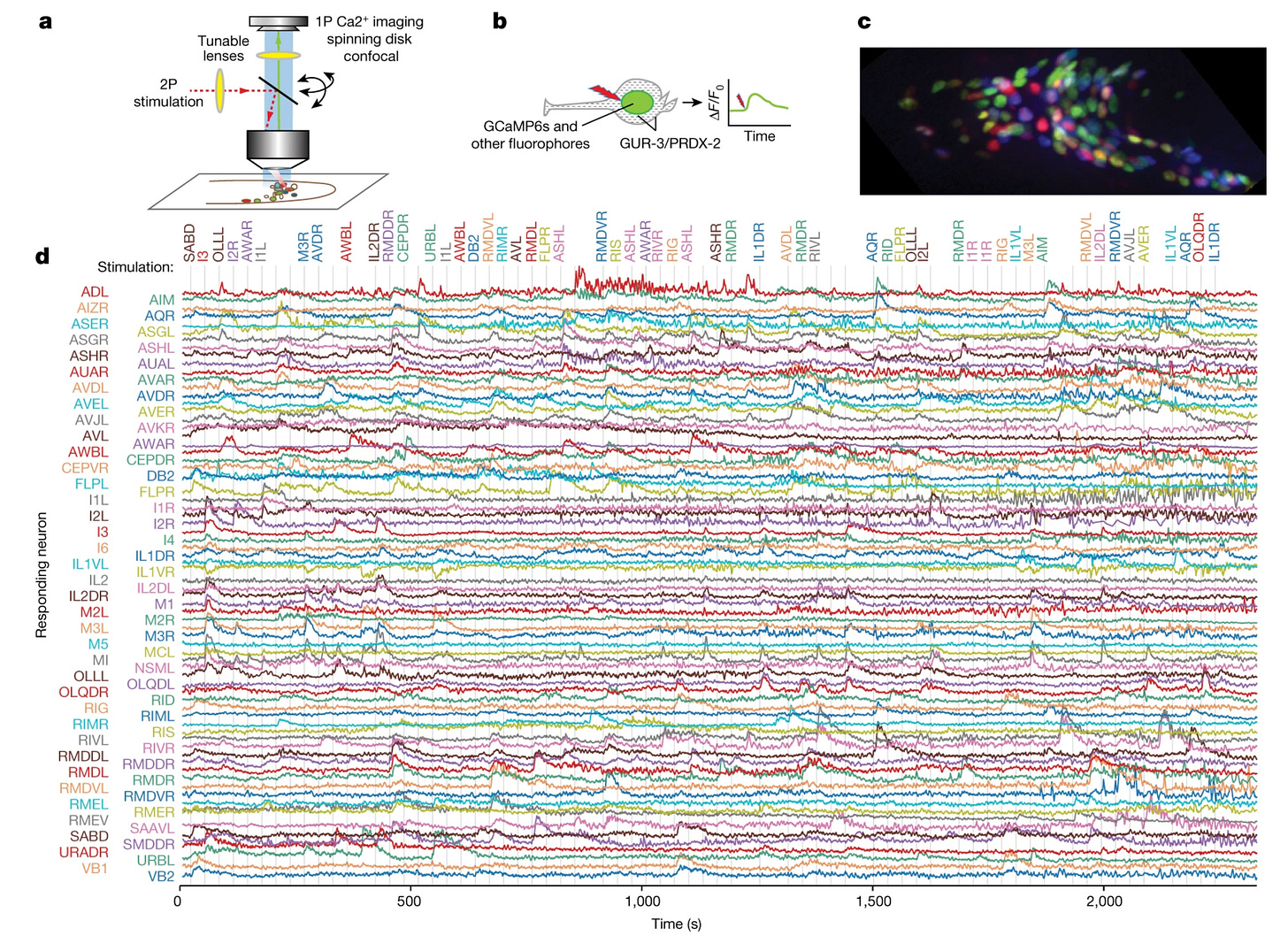


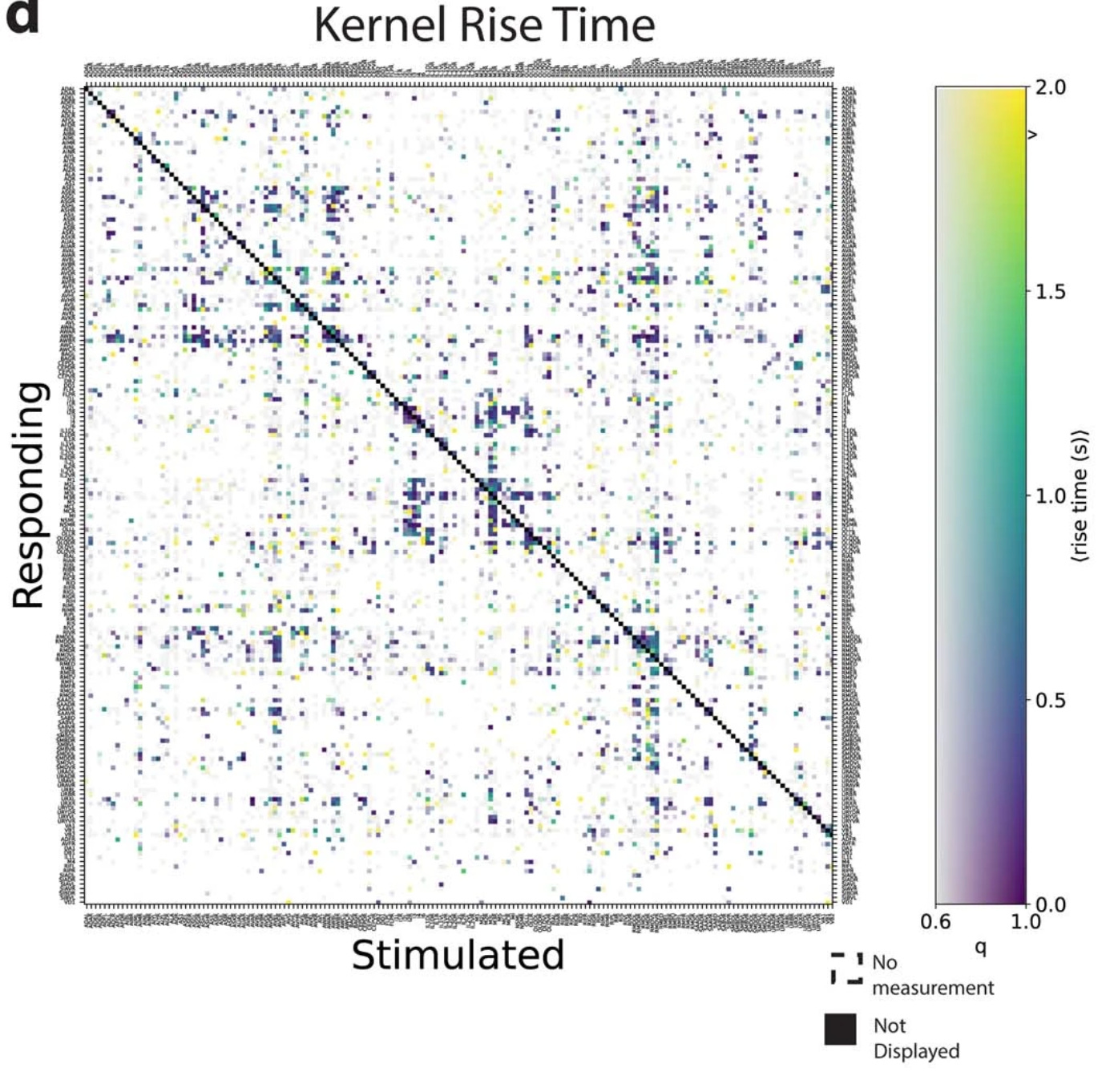
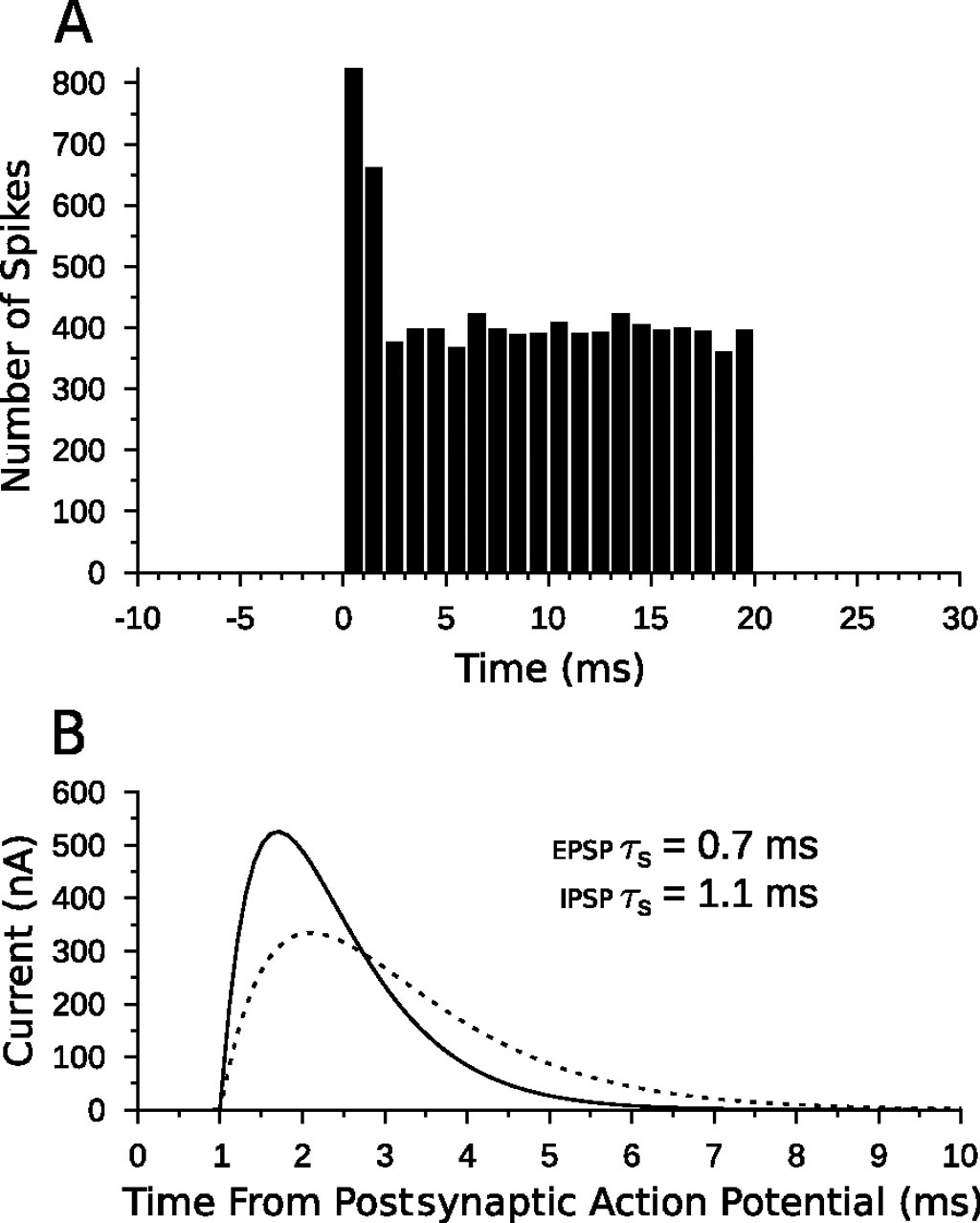



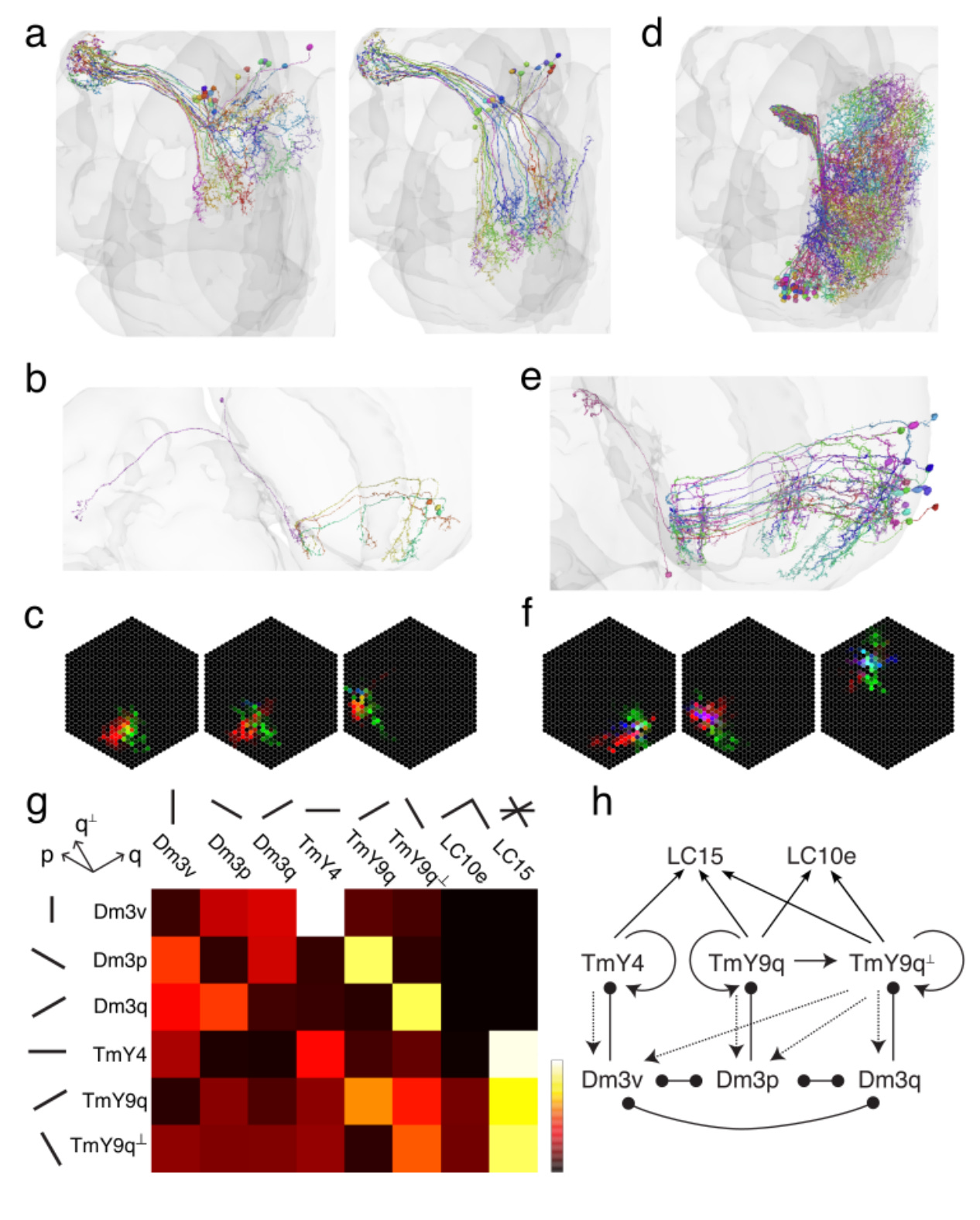





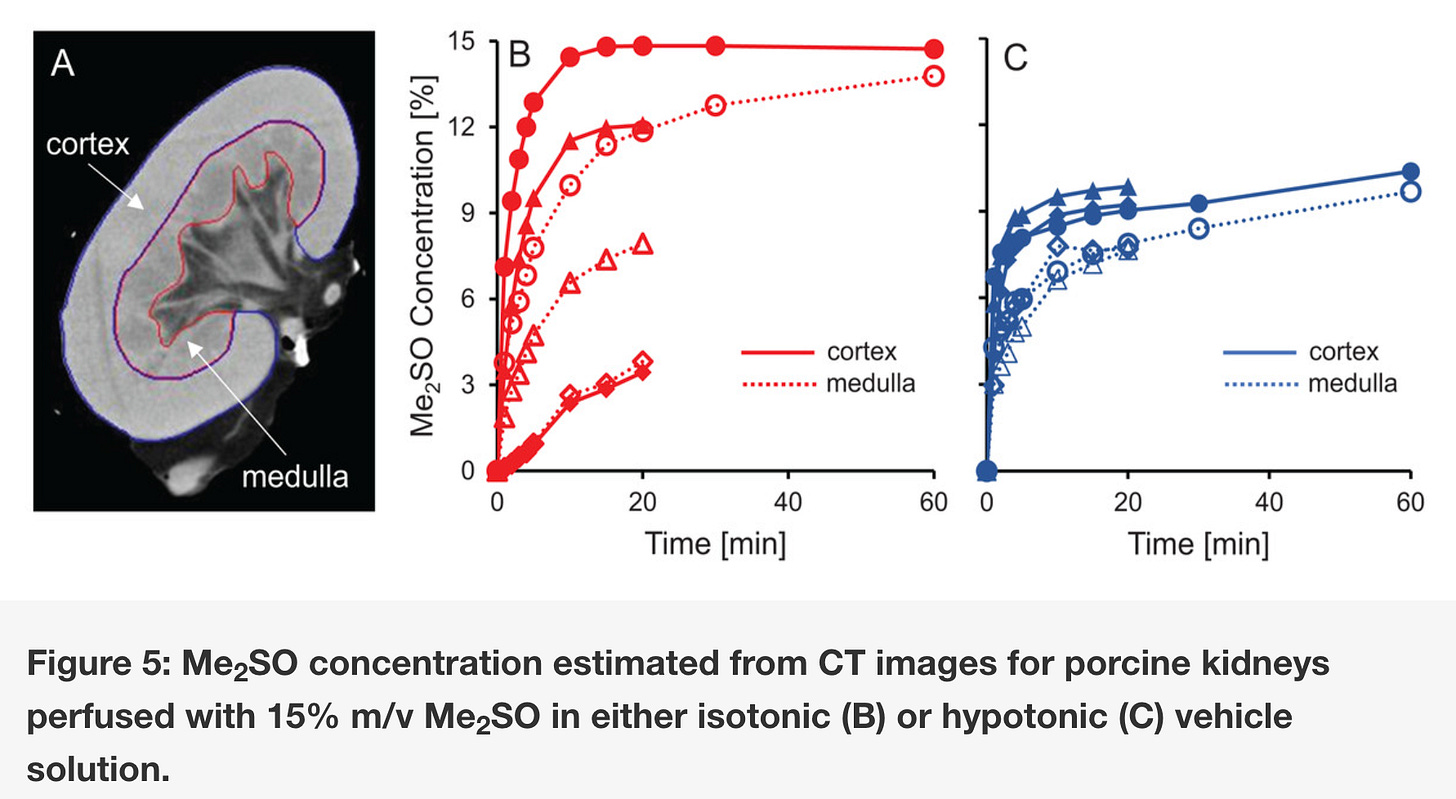

An impressive collation of new interesting material as always, thanks Andy! I'm impressed with your ability to collate all these relevant links.